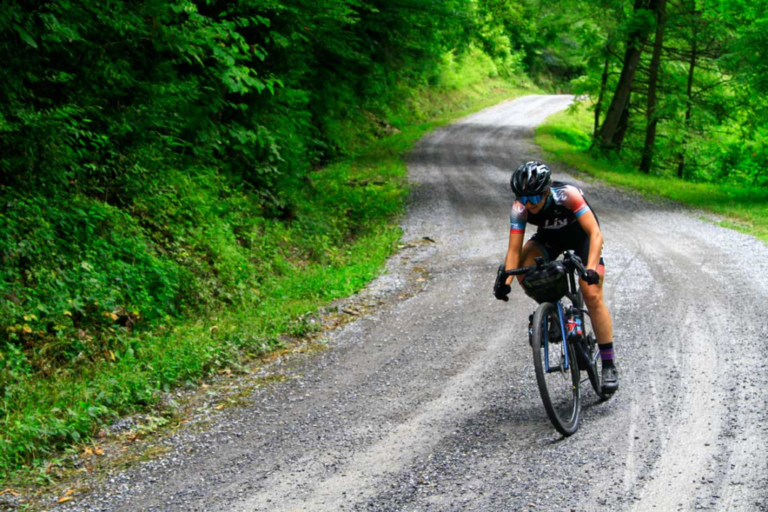The trend of travel biking has taken road cyclists by storm. The outdoor activity comes with an exhilarating mixture of adventure and stamina, leading riders away from monotonous city paths to a diversity of terrains amid nature. However, the varying terrines and longer gravel riding can increase the likelihood of getting injured says Steven Rindner. To ensure that the rides are both delightful and safe, make sure to follow expert tips.
Get Fitted with the Right Bike and Safety Gear
- Right Bike: The uprightness of the bike is vital to avoid injuries and maximum comfort. Before hitting the trail, riders should ensure the bike is suitability adjusted as per their height, length of the leg, and their unique riding style. If necessary, take professional advice who can help by knowing one’s right saddle height, position of handlebar position, etc.
- Protective Gear: Getting equipped with quality protective gear, such as a properly fitting helmet, padded shorts, and gloves should be the priority. These gears are designed to defend against falls and crashes, decreasing the possibility of harm and ensuring well-being.
Build a Robust Core and Flexibility
- Strength Training: Involve in regular strength training to reinforce the core with the lower back and solidify muscles of both hands and legs for stability and endurance. Building core muscles helps maintain control and balance while strong legs enhance the ability and endurance of pedaling.
- Flexibility Workouts: Incorporate stretching and flexibility workouts in the training session that help protect riders from possible injuries. Remember to stretch hamstrings, calves, and quadriceps to boost flexibility and lessen muscle tension tightness, as it can lead to strains and discomfort.
Build Technical Skills
- Trail Techniques: Typically, gravel riding entails navigating diverse terrines in unpredictable weather conditions. According to Steven Rindner, this needs knowing and developing technical skills on cornering, bike handling, descending and ascending, etc. This not only boosts confidence and control but also helps avoid risks of injuries during riding.
- Learning Braking Skills: Learning to use brakes effectively is essential in flawless gravel biking. While using front brakes provides stopping power, rear brakes help maintain control. Understanding the know-how of modulating braking helps sidestep skidding and maintain stability.
Follow Right Riding Techniques
- Ride within Limits: for every rider, from newcomers to professionals, knowing their limits is important to avoid overstraining the body. Build stamina by riding gradually considering that cycling on city roads and gravel biking is different.
- Maintain Correct Posture: Maintaining an appropriate riding posture is important to lessen the strain on the body. Remember to keep the elbows slightly bent, sit back straight, keeping hands relaxed on the handlebars. The posture helps absorb shocks and avoid aches or injuries caused by jarring impacts while riding.
Maintain Bike Regularly
- Regular maintenance: Regular maintenance and necessary inspection of tires, and drivetrain brakes before each ride is essential. Also having an inspection of the bike helps identify worn or defective parts that need to be replaced instantly to avoid mechanical failures during riding that could result in injuries or accidents.
- Ensure Tire Pressure: Correct tire pressure is a crucial need for seamless riding. Too high or too low tire pressure can affect handling and traction. Adjust tire pressure according to the type of topography and riding conditions.
To conclude, make sure to drink an adequate amount of water and keep the body fuelled with diets in a combination of proteins, carbohydrates, and healthy fats to avoid dehydration that impacts performance and maintain optimal energy levels before, during, and after the ride.
